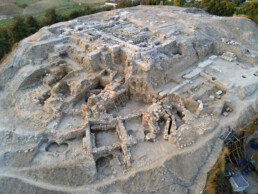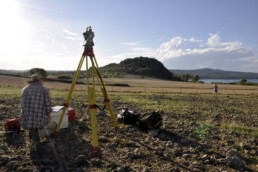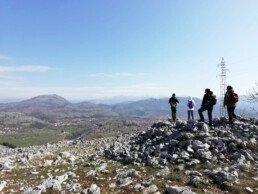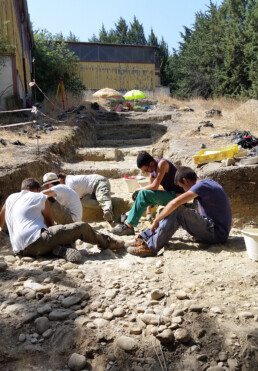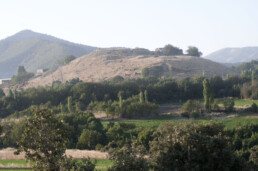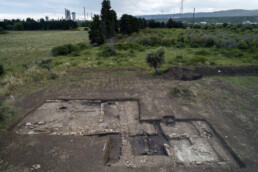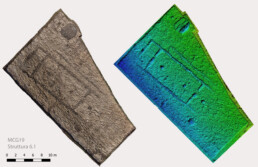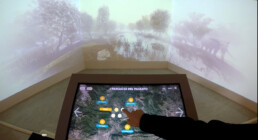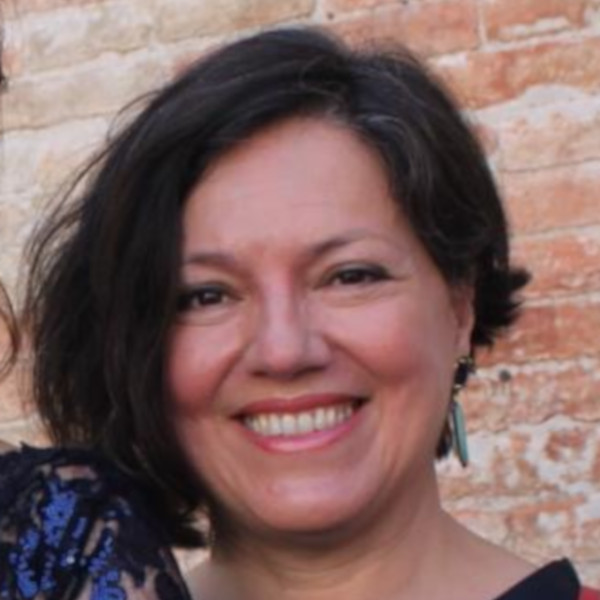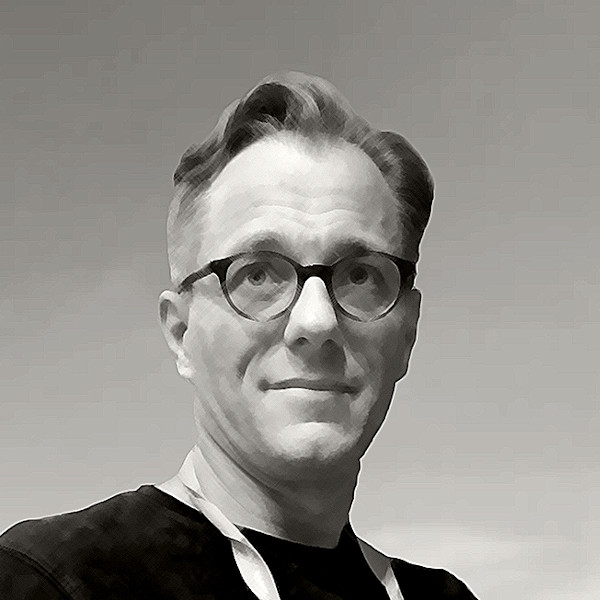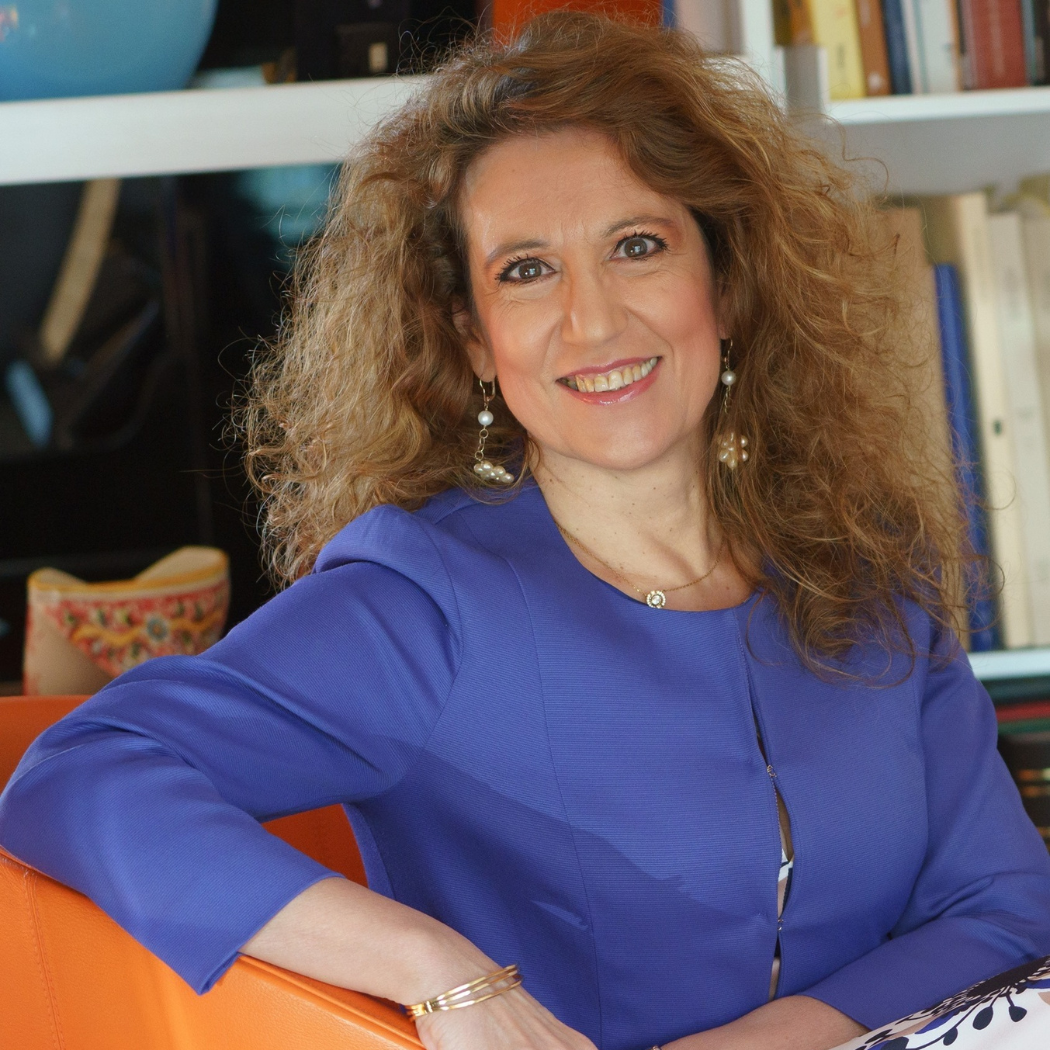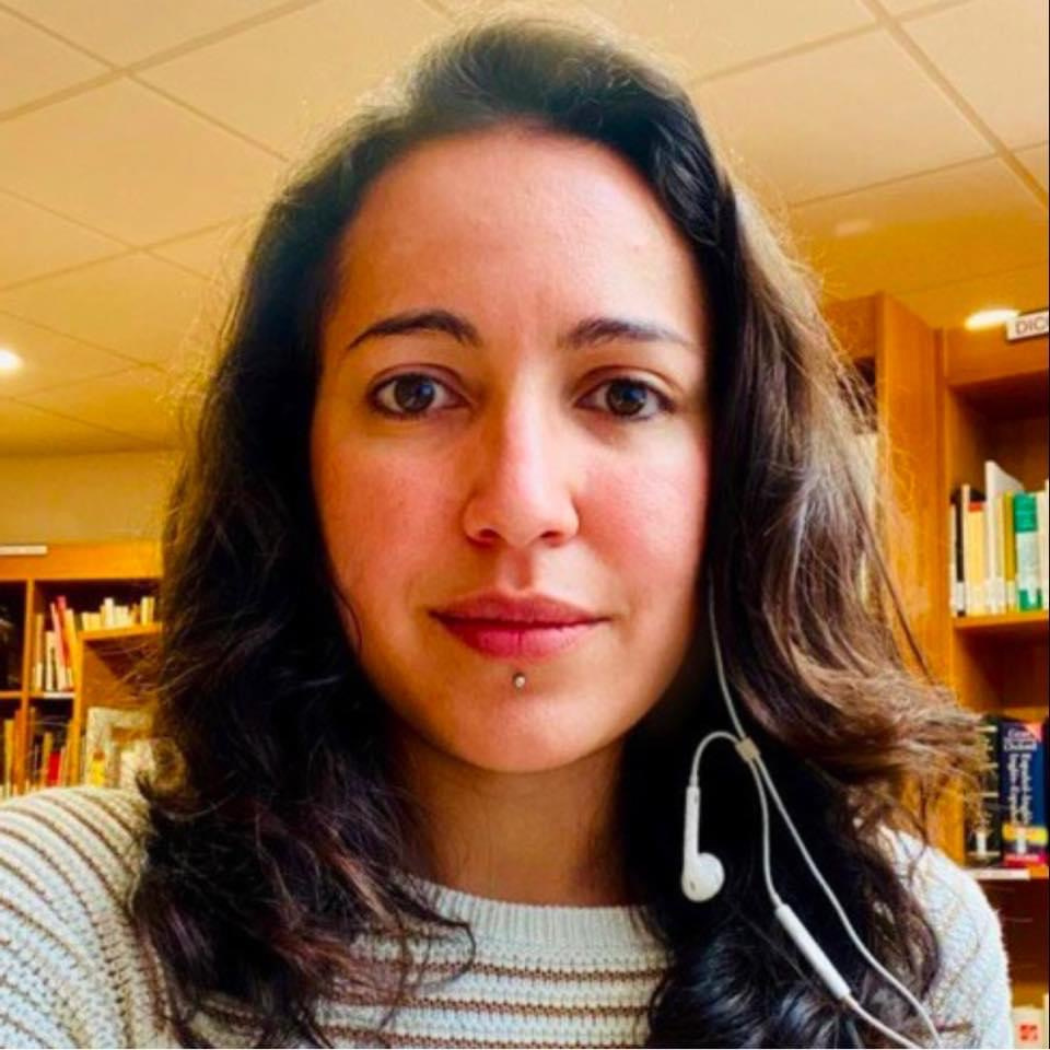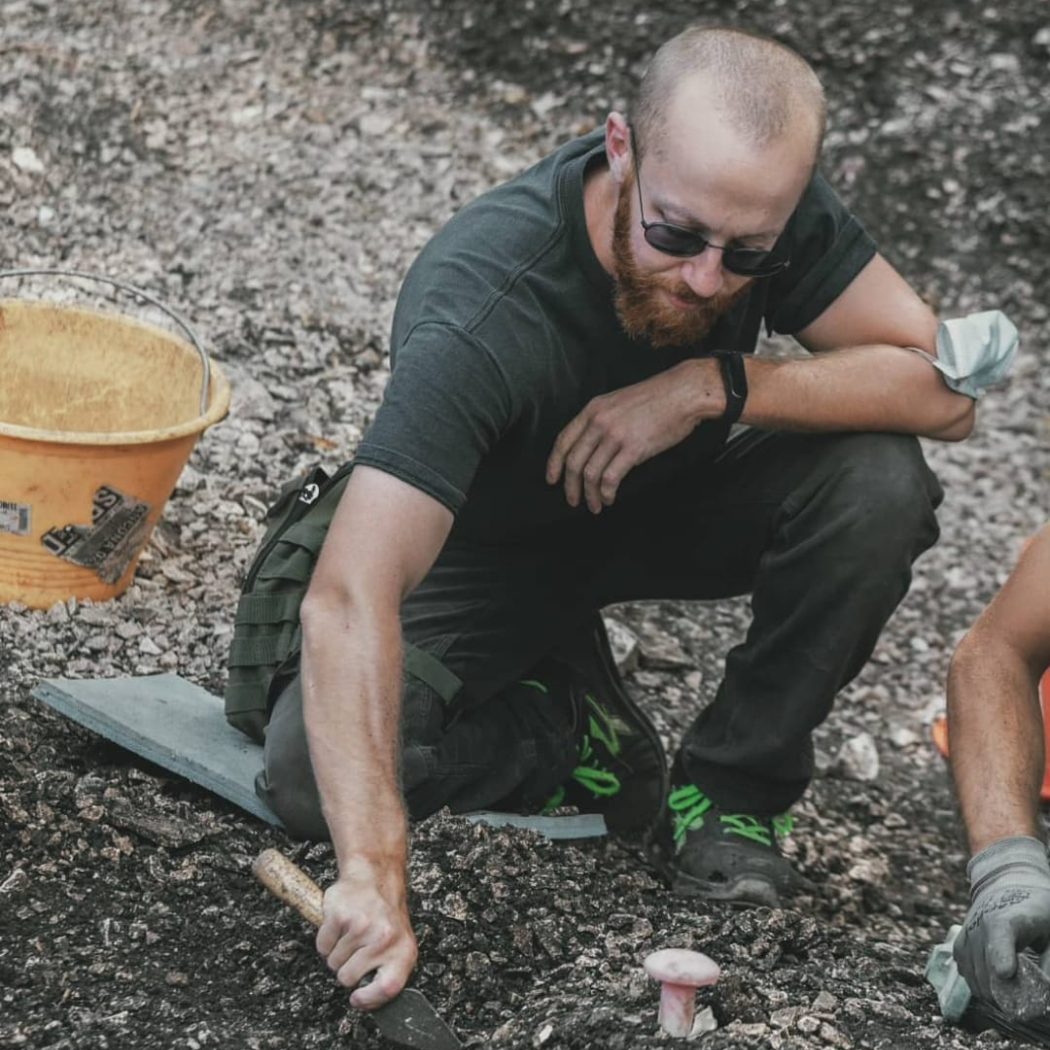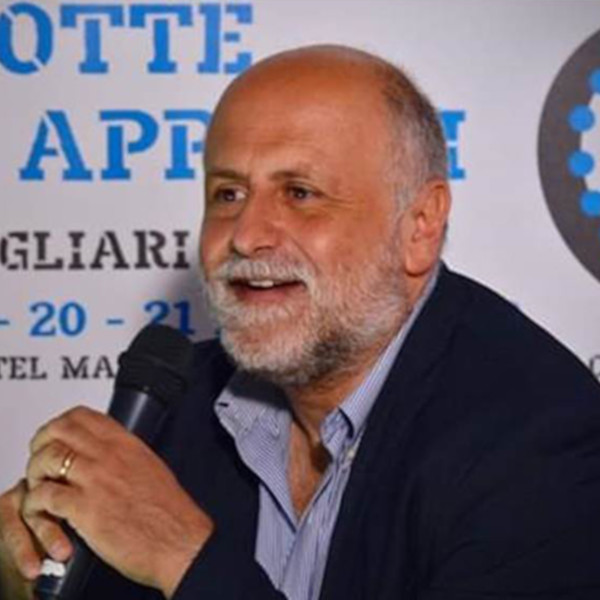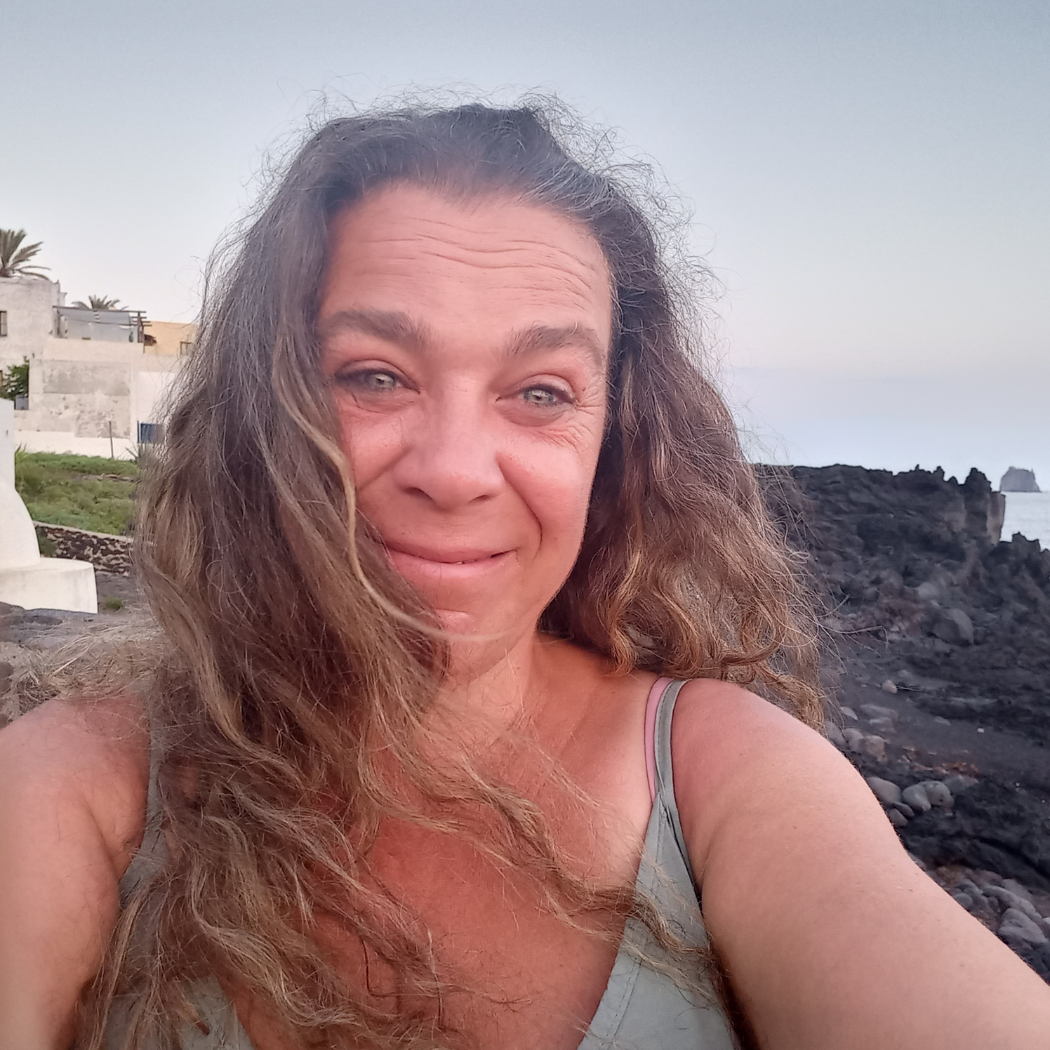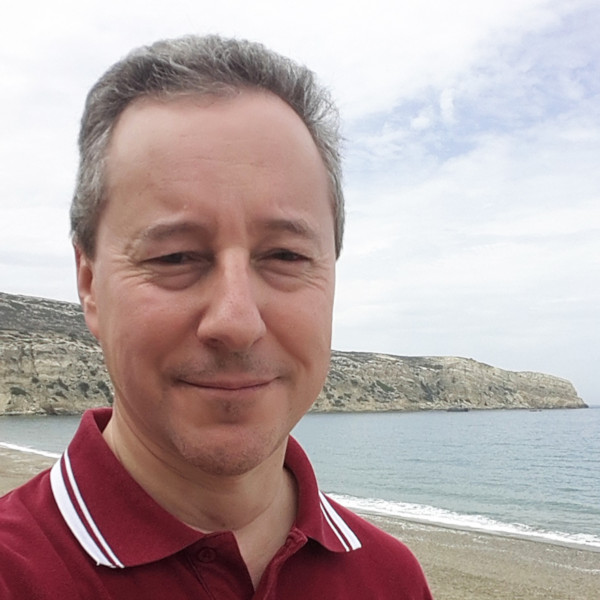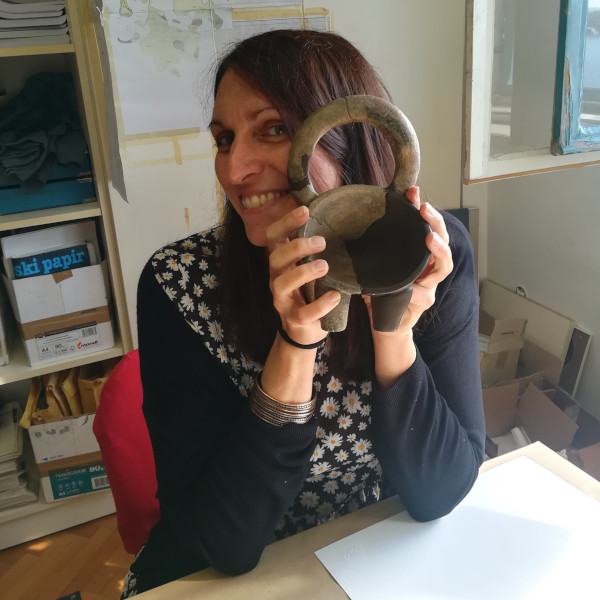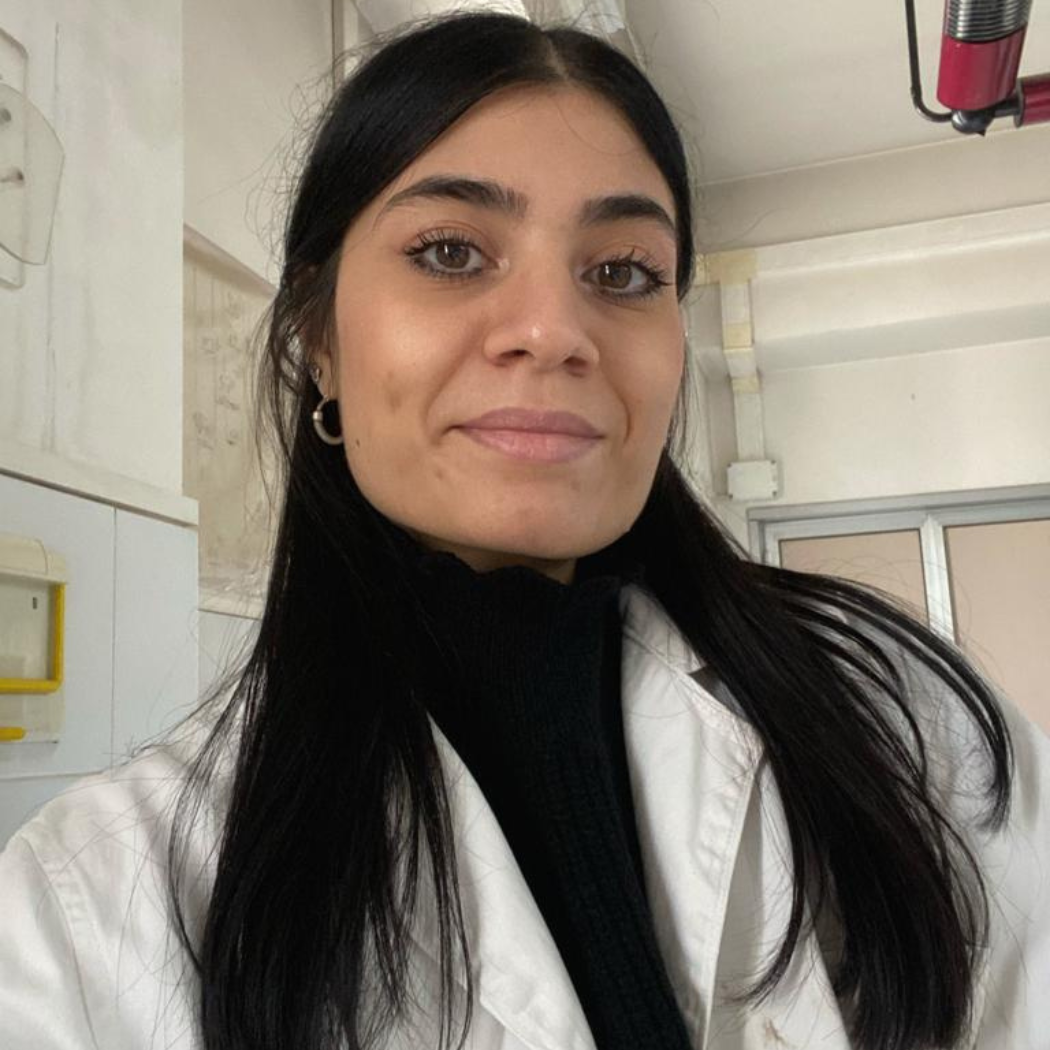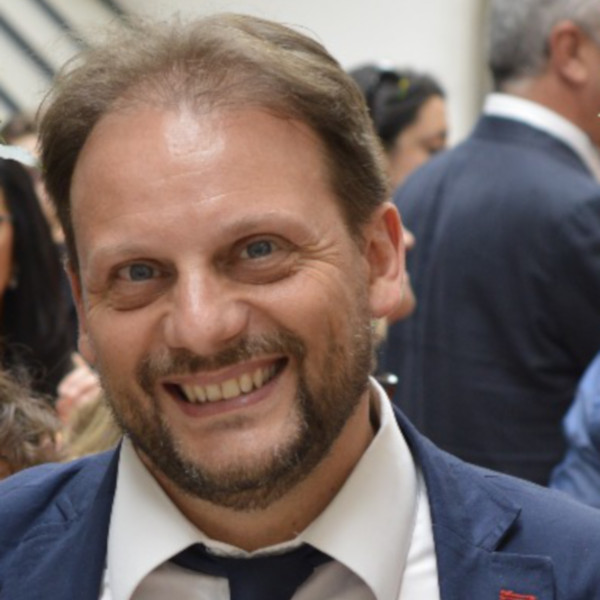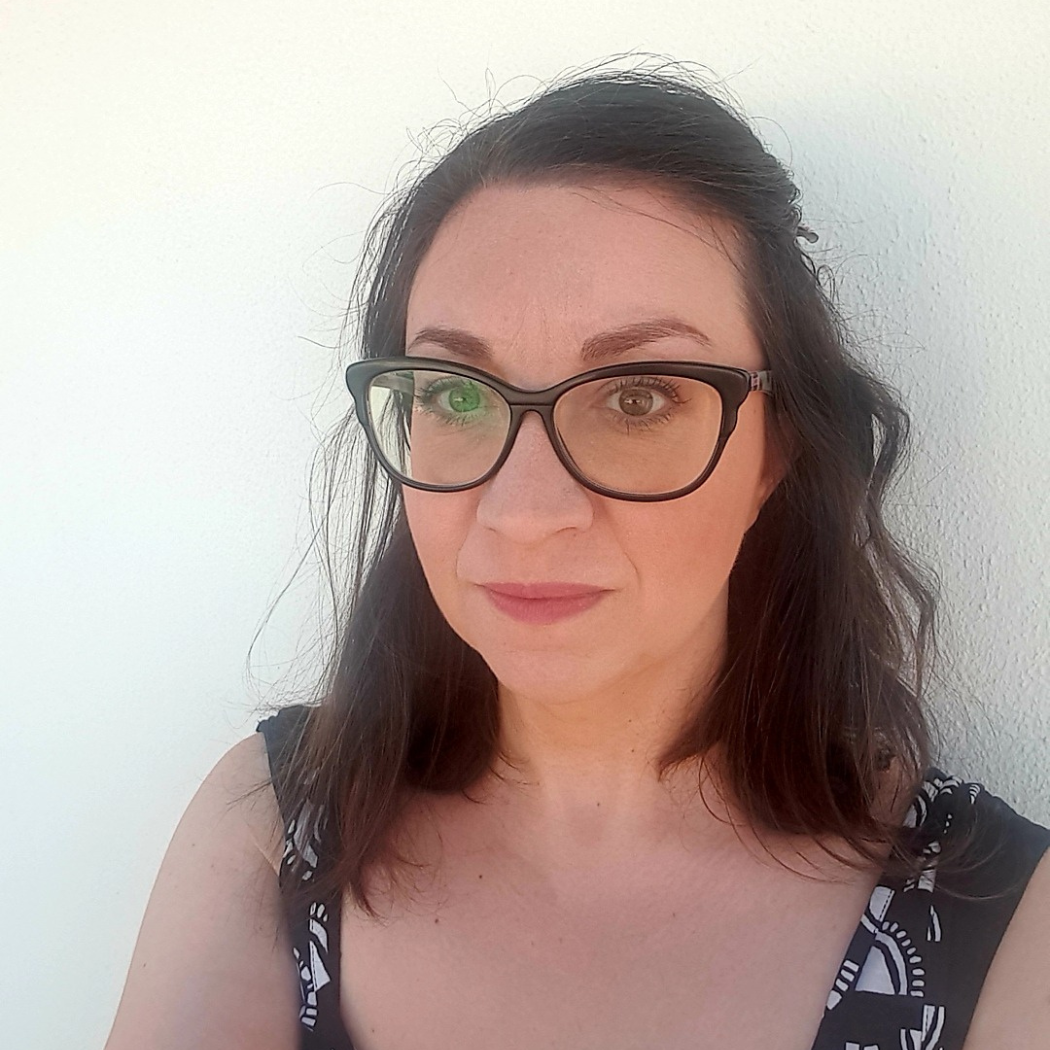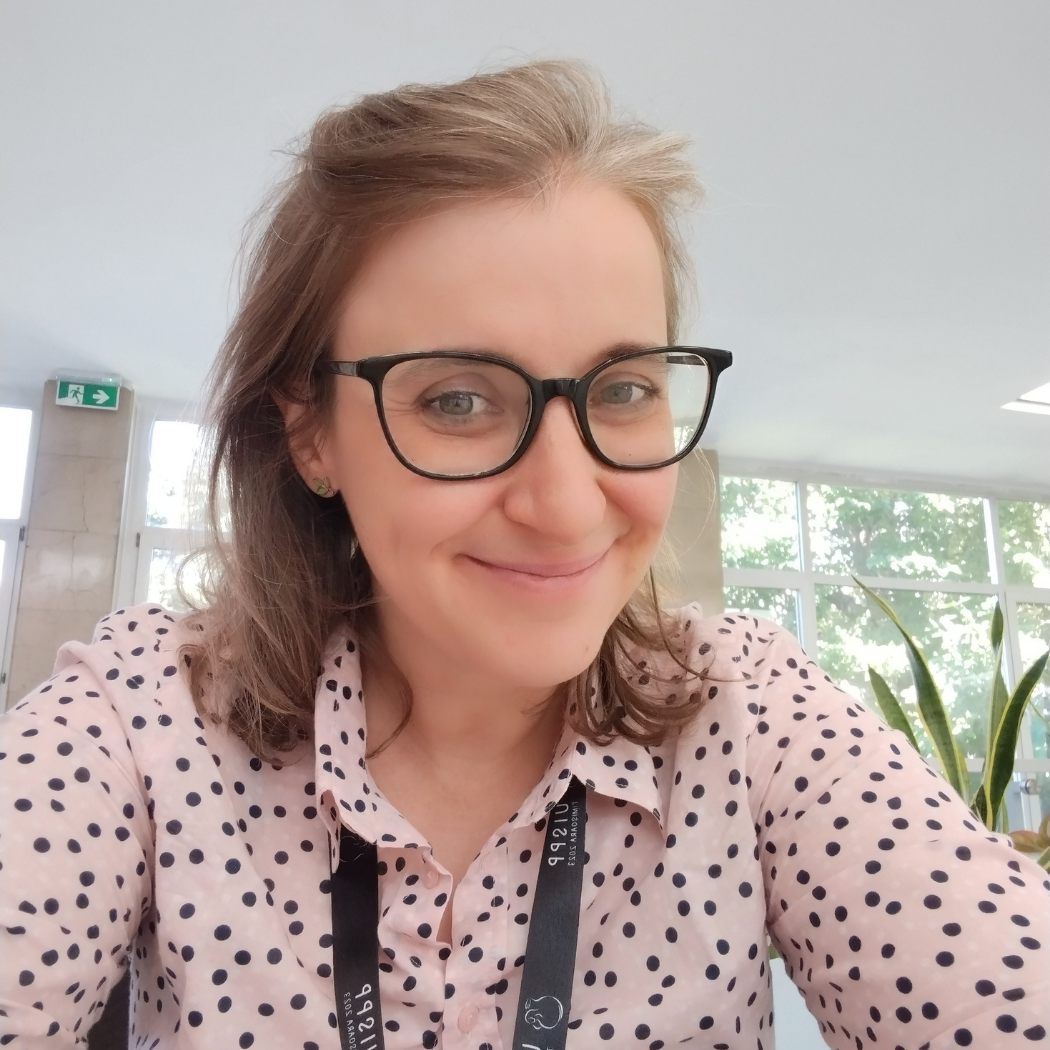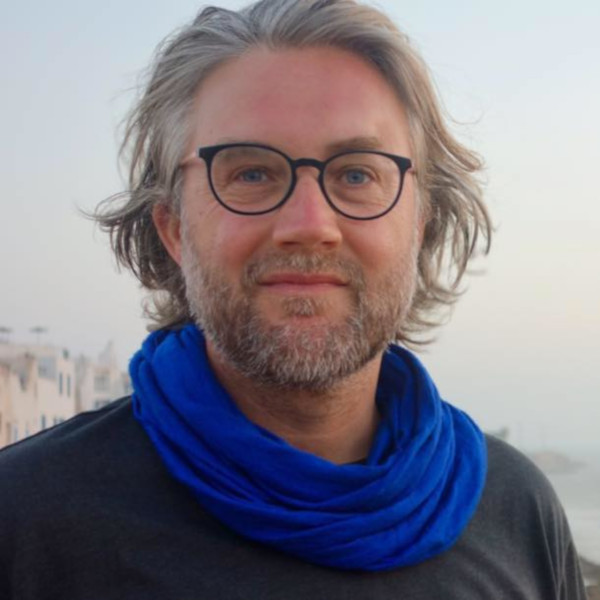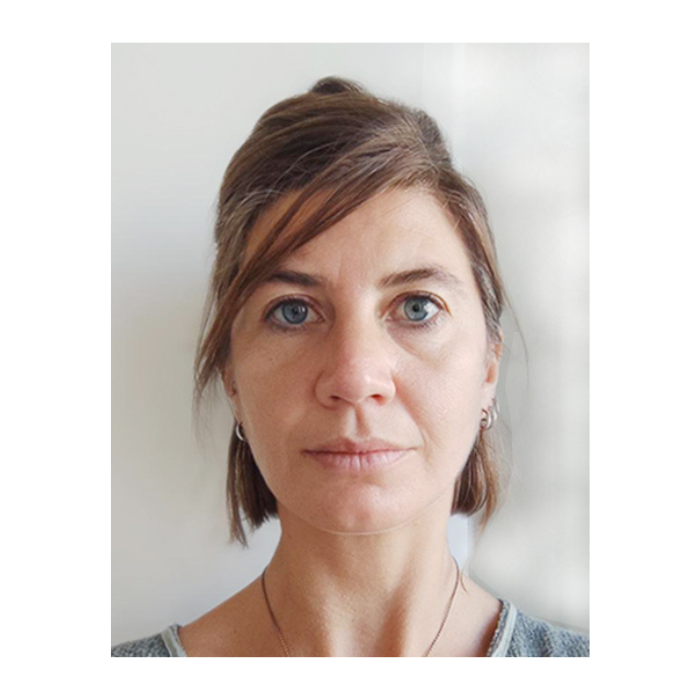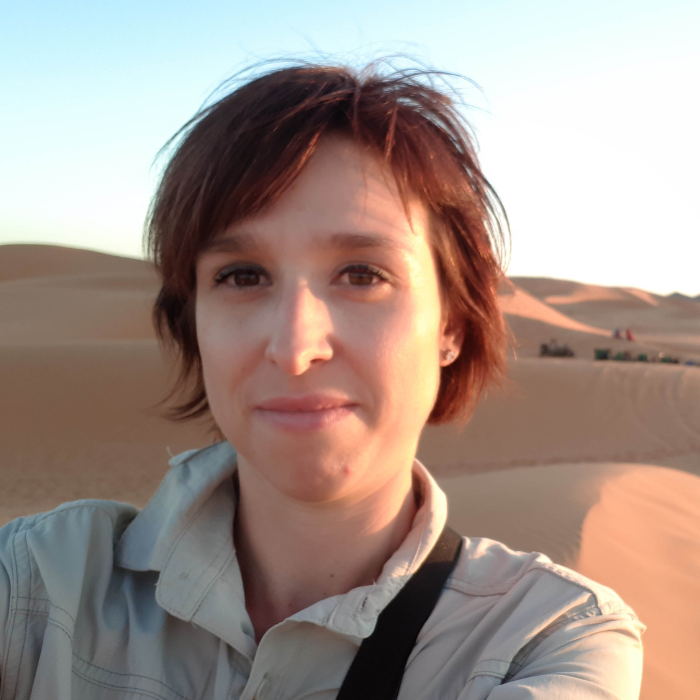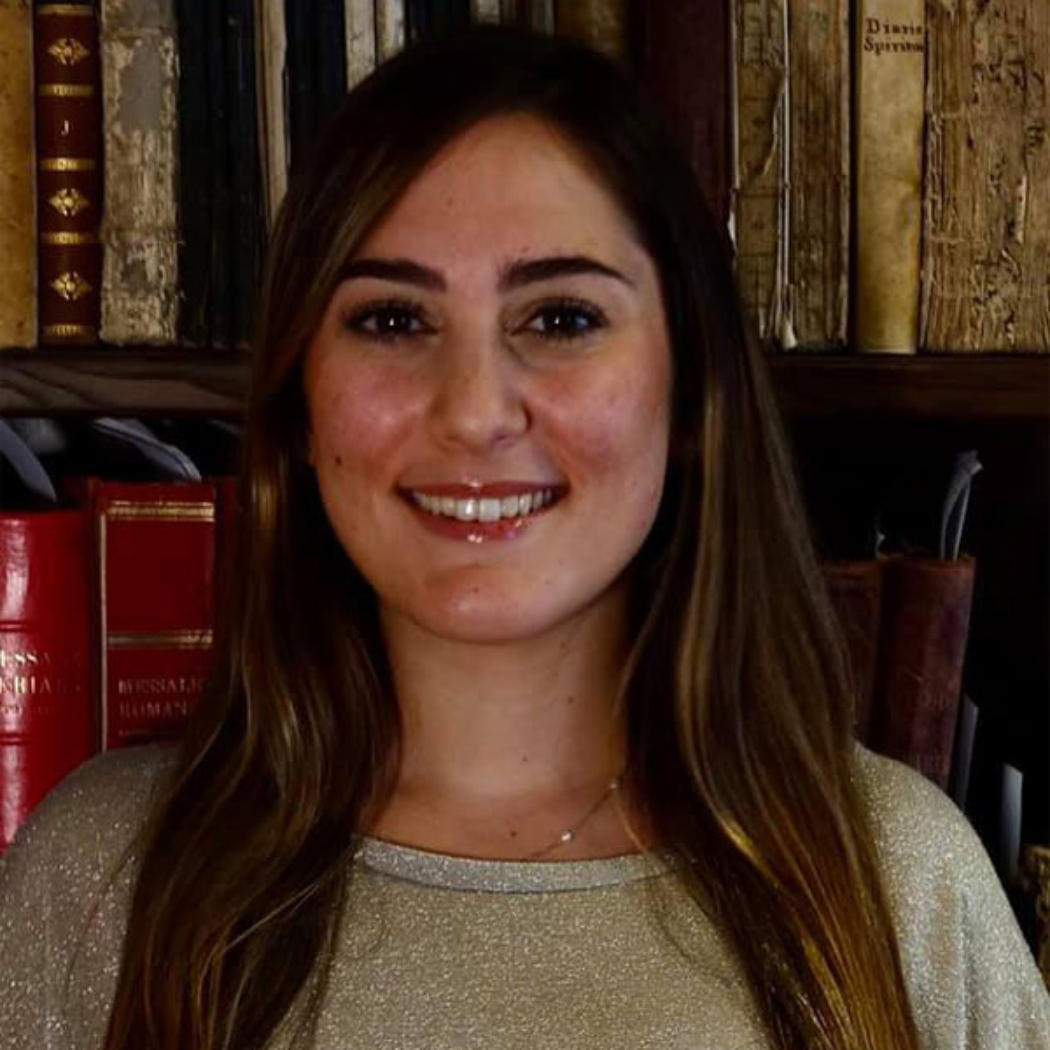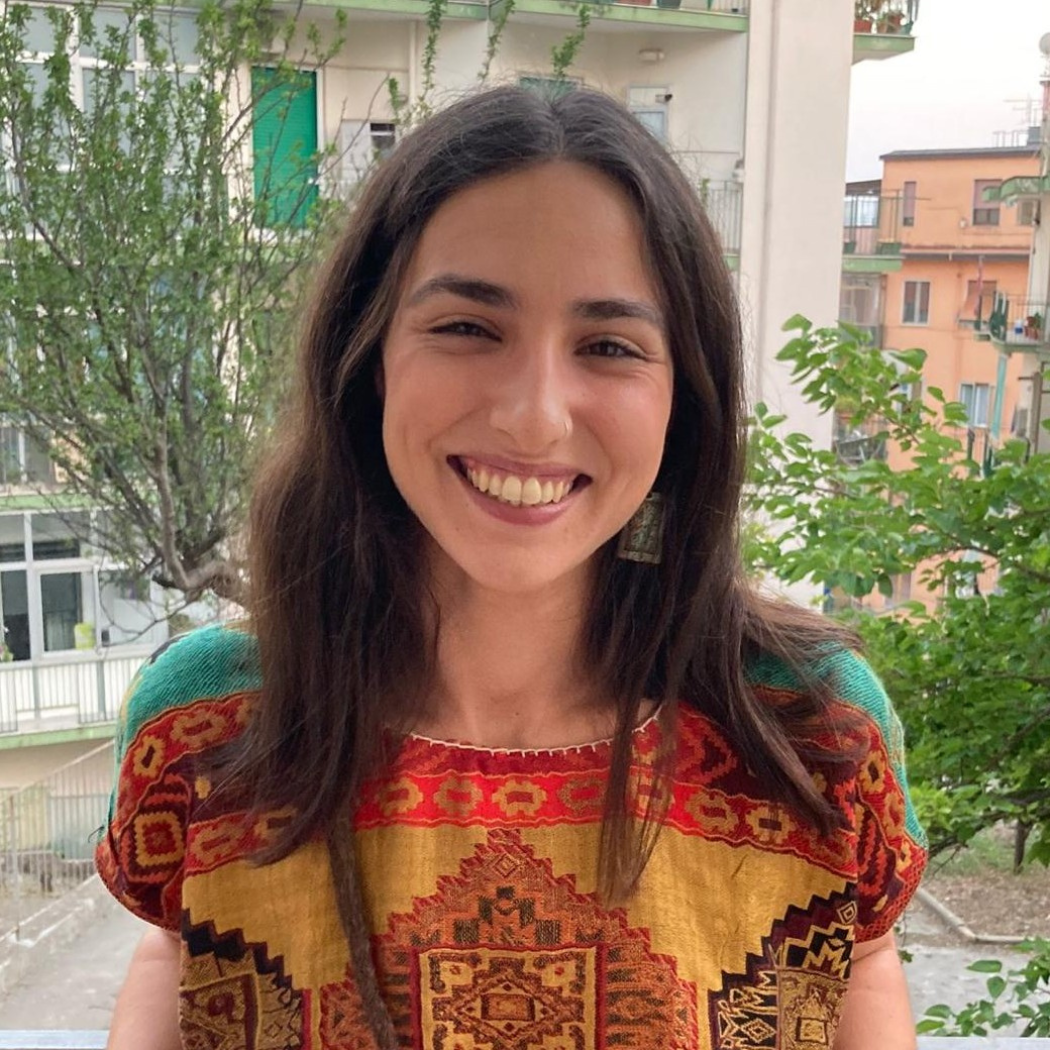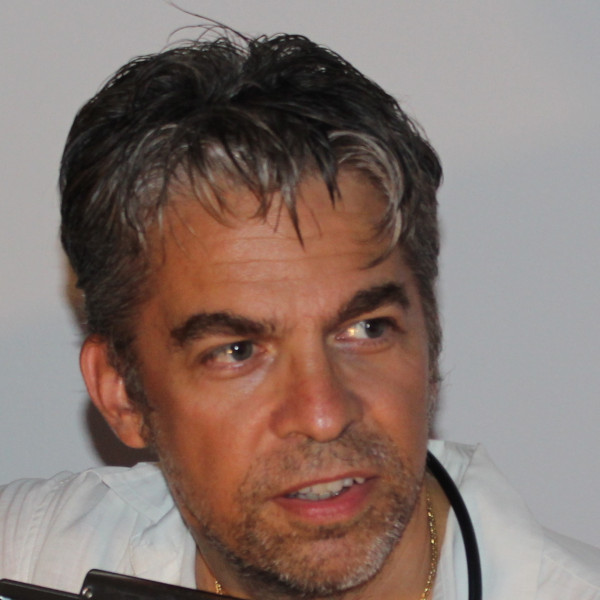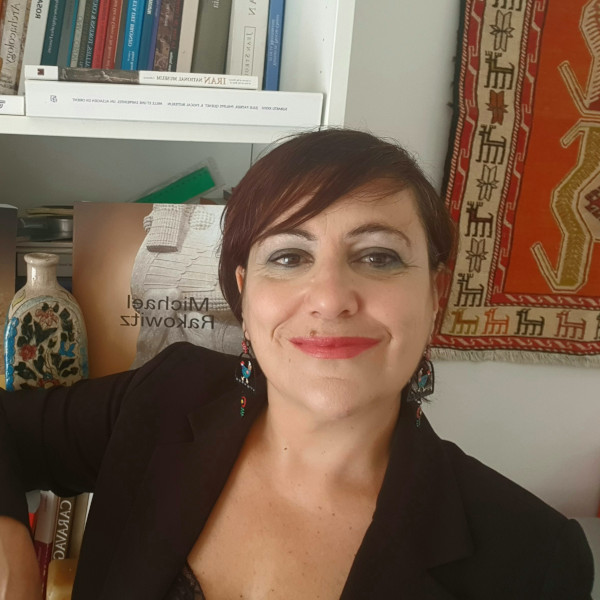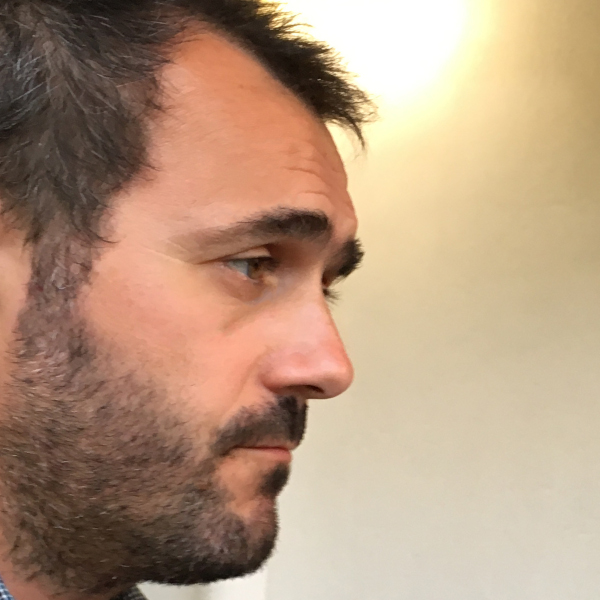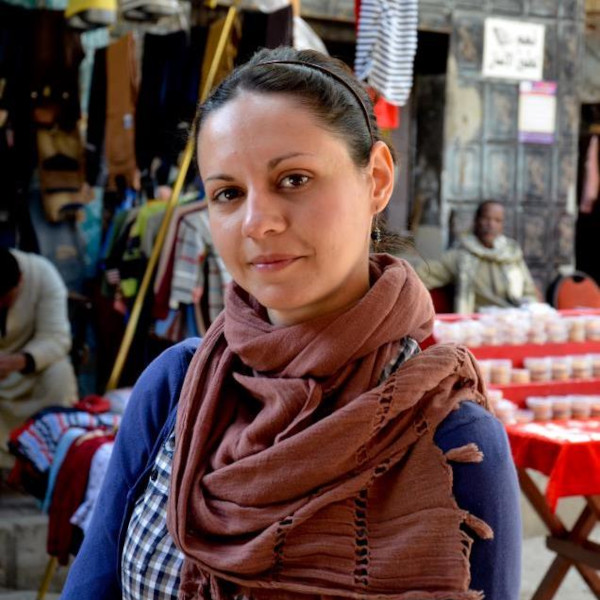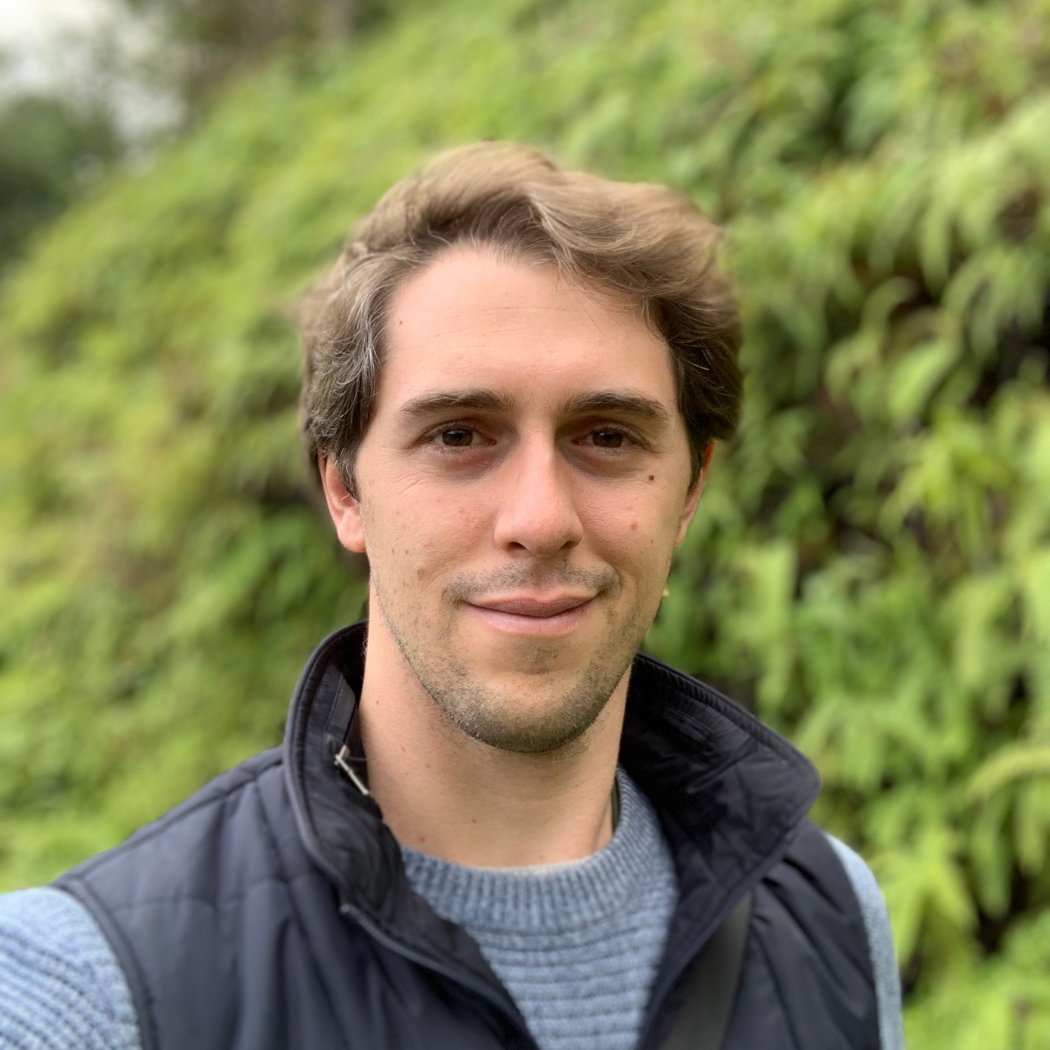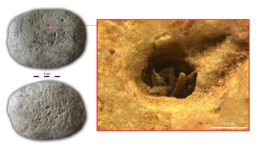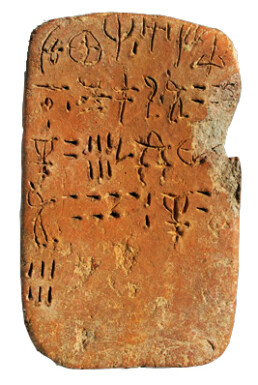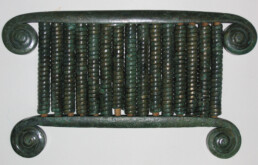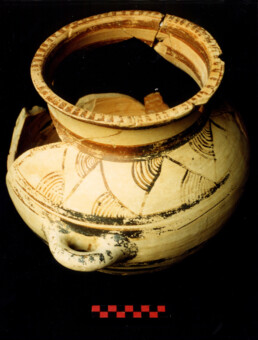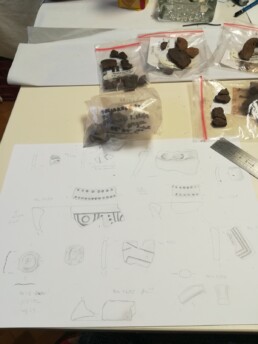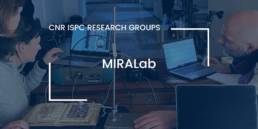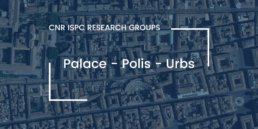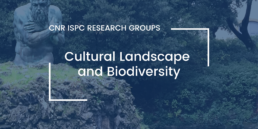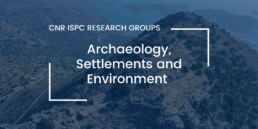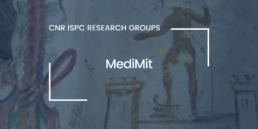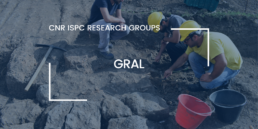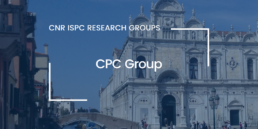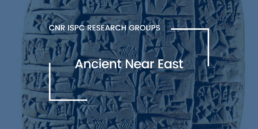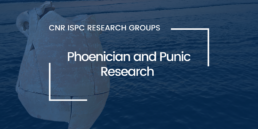Human Behaviour, Deep History, Interdisciplinarity
Prehistory and Protohistory Research Group
The studies of Prehistory and Protohistory have always been one of the main foci of archaeological research at the Italian CNR. Recently it was decided to develop a specific thematic research group; this new Prehistory and Protohistory Research Group currently includes 13 researchers based at the Institute’s branches of Catania, Potenza and Rome.
From a geographical point of view, the Prehistory and Protohistory Research Group research focuses primarily on the Mediterranean basin and the regions immediately adjacent to it. Particular attention is paid to the Italian peninsula; the Balkans; Greece and the Aegean islands; the eastern Mediterranean; the Anatolian peninsula; the Levant; the entirety of Mediterranean Africa, from Egypt to Morocco; the Caucasian regions; and Western Iran. Further research areas have recently developed also in the Saharan regions and East Africa.
A marked historical depth characterizes the research lines of the Prehistory and Protohistory Group, which operates over a large chronological period ranging from the Palaeolithic to the Iron Age.
Research lines
The variety of documentary sources used by the Prehistory and Protohistory Research Group’s members and the scientific-disciplinary traditions on which their research is based are reflected in the wide range of theoretical and methodological approaches to the pre-protohistoric research adopted. The research interests of Group members include a broad spectrum of topics including: the dynamics of social and palaeoenvironmental change; the relationship between human beings and the environment; landscape archaeology; the study of settlement systems; the procurement and exploitation of resources; the archaeology of food; the transition from hunting-gathering economies to the first production systems; human mobility; the emergence of complex systems; cultural, ideological and commercial exchanges; funerary archaeology; archaeomusicology and the relationship between human beings, sound and landscape; and the negotiation of identities.
One of the research lines traditionally followed by members deals with social complexity and the formation processes of palatial societies and state entities, with particular regard to administrative, cultural and production aspects. Research interests also extend to writing systems (Cretan Hieroglyphics, Linear A, Linear B, Cypro-Minoan syllabaries).
Particular attention is also paid to the history of archaeological thought in the framework of Italian (and global) prehistory and protohistory, and to gender studies in archaeology. Topics covered also include social archaeology; public archaeology; cultural anthropology and heritage studies. In the framework of the ‘Valorization’ macro-area, members of the Group belonging to the DHiLab | Digital Heritage Innovation Lab develop themes of archaeology and virtual museums, and digital storytelling, via the application of IT and multimedia solutions. Members of the Group have also contributed to the development of programs focused on the enhancement of historical-artistic and archaeological heritage, and training programs for local communities in the protection of cultural heritage, including conservation of rock art sites.
Methodologies
The Prehistory and Protohistory Research Group is characterized by a strong multi- and inter-disciplinary approach that fits perfectly with the current research lines of the ISPC. The survey methods employed during fieldwork on the group’s projects include the study of the archaeological deposit formation processes, geoarchaeological analysis and geomorphological surveys, geophysical surveys (carried out by the Geophysics Lab), remote sensing and aerial UAV photogrammetry. Research strategies embrace computational archaeology both in the phases of data collection from the field, and for the management and analysis of the collected data, as well as digital epigraphy. The analysis of the emergence of complex systems and the study of human behaviour is also carried out through the application of Geographic Information System, Network Analysis and Agent-based Modeling (MAD-Lab).
The members of the Prehistory and Protohistory Research Group are all invested in a holistic approach to the study of material culture. The analytical investigations conducted by the Group’s members include techno-typological, archaeometric and functional studies of lithics, ceramics, faunal remains and metals. Some of the archaeometric analyses are carried out at the XRAYLab of Catania. In this laboratory, XRF and XRD techniques are applied in the analysis of pigments, metals, obsidians, ceramics and other glassy matrices in order to obtain information on the nature of materials, their areas of origin and production technologies.
CNR ISPC editorial products
Thanks to the Prehistory and Protohistory Research Group's works are published:
- Incunabula Graeca is a series dedicated to the Aegean proto-history. It was founded in 1961 by Carlo Gallavotti, and it is currently directed by Marco Bettelli and Maurizio Del Freo.
- Studi Micenei ed Egeo Anatolici, Nuova Serie (SMEA NS) is a journal dedicated to the pre-classical Aegean and Anatolian civilisations. It was founded in 1966 by Carlo Gallavotti, and it is currently directed by Maurizio Del Freo.
Teaching activity and higher education
Researchers of the Group teach courses of Prehistory and Protohistory; Aegean Archaeology; Computational Archaeology; Geoarchaeology and Pedology, at the following universities:
- Johannes Gutenberg-Universität Mainz;
- Sapienza University of Rome;
- University of Basilicata;
- University of Milan;
- University of Naples Federico II;
- University of Naples L’Orientale;
- University of Palermo;
- University of Salento.
Members of the Prehistory and Protohistory Research Group are also on the boards of the following PhD programmes:
- Beni culturali, formazione e territorio (University of Rome Tor Vergata);
- Programme in Mediterranean Archaeological, Historical, Architectural and Landscape Heritage: Integrated systems of knowledge, planning, preservation and promotion. (National Research Council of Italy; Polytechnic University of Bari; University of Bari Aldo Moro);
- Scienze e tecnologie agrarie, forestali e degli alimenti (University of Basilicata).
Staff Preistoria e Protostoria
How to contact us
ppgroup@ispc.cnr.it
Projects and Research activities
The project, directed by Marco Bettelli, aims to reconstruct the multiple aspects of the relationships between the communities of the Italian Bronze Age and the Aegean world through the archaeological and archaeometric analysis of the artefacts, in particular ceramics, and the analysis of the contexts. The project operates in collaboration with the MIBAC, the University of Glasgow (Richard Jones) and the Hunter College, of the City University of New York (Sara T. Levi).
The outcome of this project, coordinated by Augusto Palombini, is located inside the Museum of the famous Pleistocene deposit, near Isernia. It allows an immersive experience in the ancient landscape of the area, with the fauna and vegetation reconstructed through an accurate scientific documentation, and at the same time, it envelops visitors in today's landscapes of uncontaminated areas of the region, which have characters similar to those of hundreds of thousands of years ago.
The multidisciplinary research project, coordinated by the Muséum National d'Histoire Naturelle de Paris (Marie-Hélène Moncel), is run in collaboration with a number of Italian and foreign institutions, including the ISPC (Maurizio Lazzari). It aims to clarify the chronology of occupations, and further investigate Notarchirico, the oldest Acheulean site in Italy, dated between 610 and 675 Ka, with the presence of Homo heilderbengensis.
ReHCAP | The Rethymno Hilly Countryside Archaeological Project
The project, directed by Lucia Alberti, aims to analyze the social dynamics and ideology of death in Crete and mainland Greece during the Bronze Age (2nd millennium BC). The analysis of the funerary customs (location and architecture of the tombs, grave goods, depositions) is compared with the historical-archaeological context of the sites under study.
For further information on ISPC research activities click the button.
Main collaborations
Universities
- Bu-Ali Sina University, Hamadan, Iran
- Hunter College, The City University of New York, Stati Uniti d’America
- Johannes Gutenberg-Universität Mainz, Graduiertenkolleg 1876 “Frühe Konzepte von Mensch und Natur”, Germania
- New York University, Institute of Fine Art, Stati Uniti d‘America
- Rheinische Friedrich-Wilhelms-Universität Bonn, Institut für Archäologie und Kulturanthropologie, Germania
- Sapienza Università di Roma, Dip. di Scienze dell’Antichità, Italia
- Scuola Normale Superiore di Pisa, Laboratorio di Storia, Archeologia, Epigrafia, Tradizione dell’antico (SAET), Italia
- The Cyprus Institute, Cipro
- Università di Pisa, Italia, Dip. Civiltà e Forme del Sapere, Italia
- Università degli Studi di Ferrara, Dip. Studi Umanistici, Italia
- Università degli Studi di Modena e Reggio Emilia, Dip. Scienze Chimiche e Geologiche, Italia
- Università degli Studi di Napoli L’Orientale, Dip. Asia, Africa e Mediterraneo, Italia
- Università degli Studi di Sassari, Centro Internazionale per la Ricerca sulle Civiltà Egee (CIRCE), Oristano, Italia
- University of Bristol, School of Chemistry, Regno Unito
- University of Cambridge, McDonald Institute for Archaeological Research, Regno Unito
- University of Glasgow, School of Humanities, Regno Unito
Museums
- Adana Archaeological Museum, Turchia
- Archaeological Museum of Rethymno, Creta, Grecia
- Heraklion Archaeological Museum, Creta, Grecia
- Museo Archeologico Luigi Bernabò Brea, Lipari, Italia
- Museo dell’Opera del Duomo, Bracciano, Italia
- Museo di Casal de’ Pazzi, Roma, Italia
- Museo Egizio, Torino, Italia
- Museo Nazionale del Paleolitico di Isernia, Italia
- Muséum National d’Histoire Naturelle, Département Homme et Environnement, Paris, Francia
- Museum of Cycladic Arts, Atene, Grecia
- National Archaeological Museum, Atene, Grecia
- Šibenik City Museum, Croazia
Istitutions
- Archaeological Institute of America (Archaeomusicology Interest Group), Stati Uniti d’America
- Associazione Internazionale di Studi sul Mediterraneo e l’Oriente (ISMEO), Italia
- CNRS, Istitut de Paléontologie Humaine, Paris, Francia
- CNRS, UMR 7041 ArScAn, Equipe de Protohistoire égéenne, Nanterre, Francia
- Ecole française d’Athènes, Grecia
- École française de Rome, Italia
- Ecole Normale Supérieure (ENS), Parigi, Francia
- Institut National du Patrimoine (INP), Tunisia
- Institut National des Sciences de l’Archéologie et du Patrimoine (INSAP), Marocco
- Istituto di Geologia Ambientale e Geoingegneria (IGAG), Consiglio Nazionale delle Ricerche (CNR), Italia
- Istituto per la Bioeconomia (IBE), Consiglio Nazionale delle Ricerche (CNR), Italia
- Iranian Center for Archaeological Research (ICAR), Iran
- Leibniz-Forschungsinstitut für Archäologie des Römisch-Germanischen Zentralmuseums (RGZM), Mainz, Germania
- Ministero degli Affari Esteri e della Cooperazione Internazionale (MAECI), Italia
- Ministry of Tourism & Antiquities, Egitto
- Scuola Archeologica Italiana di Atene (SAIA), Grecia
- Scuola Archeologica Italiana di Cartagine (SAIC), Italia
- Soprintendenza Archeologia, Belle Arti e Paesaggio per la Città Metropolitana di Torino (SABAP-TO), Italia
- Soprintendenza per i Beni Culturali e Ambientali di Caltanissetta, Italia
- Soprintendenza per i Beni Culturali e Ambientali di Enna, Italia
Main publications
L. Alberti, Over the rainbow: Places with and without memory in the funerary landscape of Knossos during the II millennium BC, in R. Häussler, G.F. Chiai (eds.), Sacred Landscapes in Antiquity: Creation, manipulation, transformation, Oxford, Oxbow, 2020, 97-109.
A. Arnoldus-Huyzendveld, A. Palombini, E. Pietroni, V. Sanna, S. Zanni, F. Remondino, Verso una metodologia condivisa per l’analisi del paesaggio antico: il progetto “Valle del Tevere”, ‘Archeologia e Calcolatori’, 4, 2013, 104-111.
A. Babbi, U. Peltz, La Tomba del Guerriero di Tarquinia. Identità elitaria, concentrazione del potere e networks dinamici nel tardo VIII sec. a.C. – Das Kriegergrab von Tarquinia. Eliteidentität, Machtkonzentration und dynamische Netzwerke im späten 8. Jh. v. Chr. Monographien des Römisch-Germanischen Zentralmuseums, Band 109, Mainz, Verlag des RGZM 2013.
A. Bellia, Strumenti musicali e oggetti sonori dell’Età del Ferro in Sicilia e nell’Italia Meridionale. Sicilia Antiqua, VI, 2009, 9-55.
A. Binandeh, S. Di Paolo, Y. Mohammadifar, Archaeological Researches in Western Iran. The QaNaTES Project: Survey and Test Excavation in the Marivan Valley, Kurdistan, in P. Callieri, J. Nokandeh, A.V. Rossi, S.M.S. Sajjadi (eds.), Iran & Italy: 60 Years of Collaboration on Cultural Heritage, National Museum of Iran, RICHT, ISMEO, 2019, 73-74.
M. Cultraro, Tracing a model of proto-urbanization in Northern Aegean and Western Anatolia in the late 4th millennium BC, in F. Balossi-Restelli, A. Cardarelli, G.M. Di Nocera, L. Manzanilla, L. Mori, G. Palumbi, H. Pittman (eds.), Pathways though Arslantepe. Essays in Honour of Marcella Frangipane, Roma, Università La Sapienza Roma, 2020, 409-422.
A.L. D’Agata, Misis (ancient Mopsouestia) and the plain of Cilicia in the Early First Millennium BC: Material entanglements, cultural boundaries, and local identities, ‘Rivista di Studi Micenei ed Egeo-Anatolici, Nuova Serie’, 5, 2019, 87-110.
A. Di Renzoni, D. Brunelli, S.T. Levi, A. Renzulli, M. Rosi, D. Yoon, Should I stay or should I go, 6000 yrs of human presence and abandonments at Stromboli volcano, ‘Annals of Geophisics’, 2021 (in stampa).
M. Falla Castelfranchi, M. Lazzari, Il Parco della storia dell’uomo di Matera. Chiese rupestri e villaggio neolitico di Murgia Timone, Potenza, Ed. Doconline, 2021.
M. Gori, Kατὰ γῆν καὶ κατὰ θάλασσαν. Cetina communities on the move across the Central Mediterranean and the Balkans in the 3rd millennium BC, in J. Maran, R. Băjenaru, S.-C. Alincăi, A.-D. Popescu, S.I. Hansen (eds.), Objects, Ideas and Travelers. Contacts between the Balkans, the Aegean and Western Anatolia during the Bronze and Early Iron Age. Volume to the Memory of Alexandru Vulpe. Proceedings of the Conference in Tulcea (10-13 November 2017), Bonn, Rudolf Habelt, 2020, 65-83.
R. Jones, S.T. Levi, M. Bettelli, L. Vagnetti, Italo-Mycenaean Pottery. The Archaeological and Archaeometric Dimensions, Incunabula Graeca CIII, Roma, CNR-ISMA, 2014.
G. Lucarini, A. Radini, First direct evidence of wild plant grinding process from the Holocene Sahara: Use-wear and plant micro-residue analysis on ground stone tools from the Farafra Oasis, Egypt, ‘Quaternary International’, 555, 2020, 66-84.
J.-P. Olivier, M. Del Freo, The Pylos Tablets Transcribed, Deuxième édition, Padova, Libreria Universitaria Edizioni, 2020.
